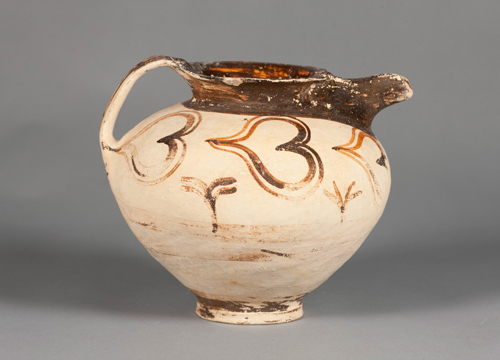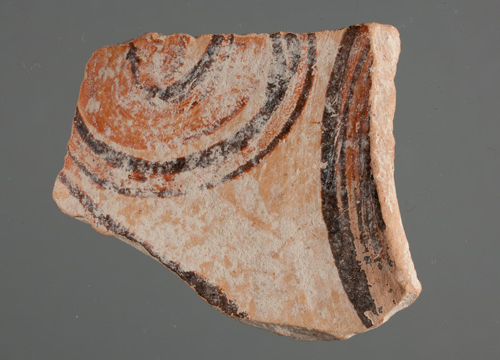The ruins of the Greek city of Mycenae were visible for many centuries, but the knowledge of who had built its huge walls was lost in time. It was not until the 1870s that the truth about the site began to be uncovered.
Entranced by the stories of the Trojan War in The Iliad, German archaeologist Heinrich Schliemann (1822-1890) set out to discover whether the mythical heroes of the story had really existed. This search eventually led Schliemann to excavate the ancient city of Mycenae in Greece from 1874 onwards. There he found evidence of a great civilisation, which he called the Myceanaeans.




